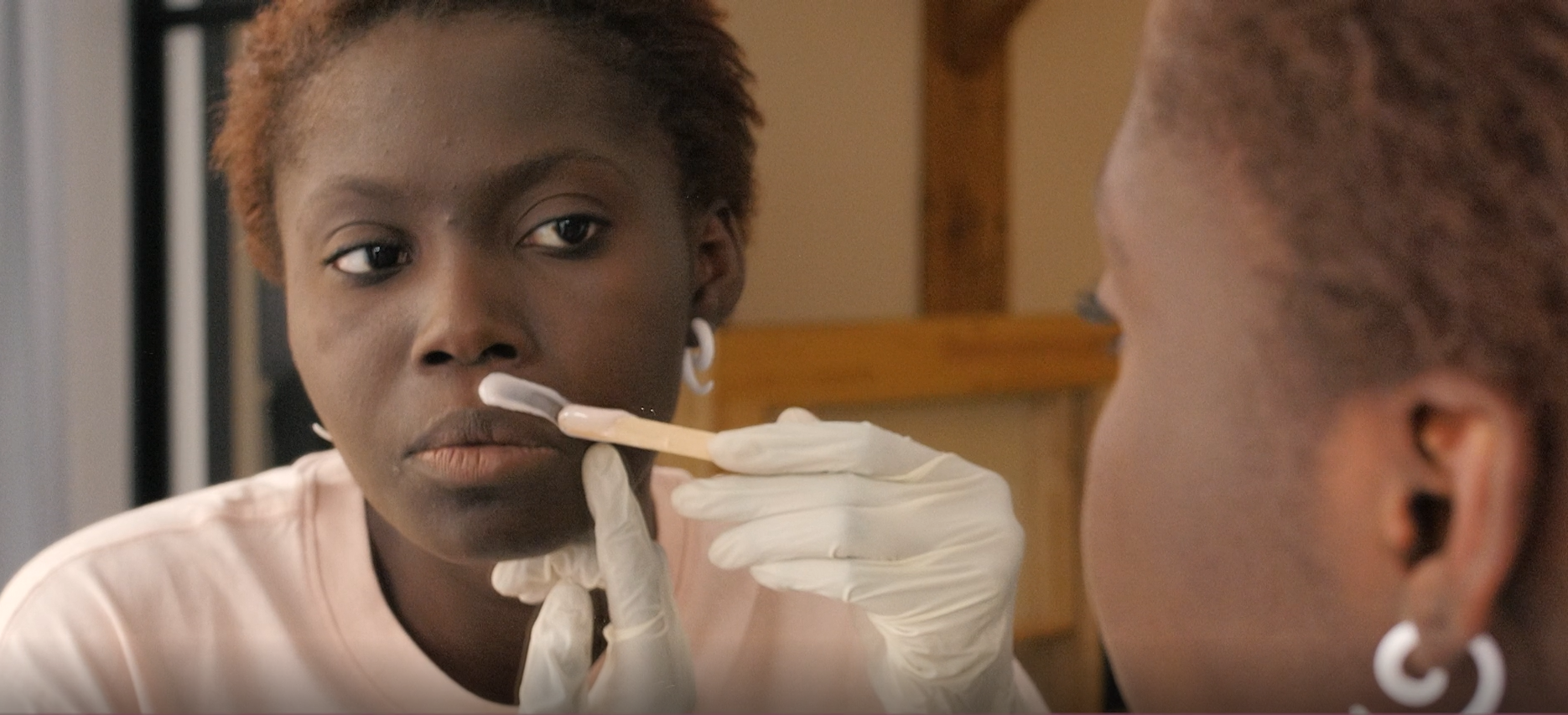How to Wax Your Face at Home?
Waxing facial hair can seem daunting at first if you have never done it before. But with the proper face wax and technique, you will be a face waxing pro in no time.
Whether it’s your upper lip or a full-face wax, you can achieve that fresh smooth skin from the comfort of your home. Plus, you’ll save money and time by doing it yourself.
Keep reading to discover what kind of wax is best for your face, why waxing is better than shaving, and a step-by-step guide on how to wax your face at home.

What Is the Best Face Wax?

Hard wax is better for your face than soft wax. Why? Because hard wax is less painful for the face than cream waxes or sugaring.
It is also better for tackling shorter hairs, which commonly grow on the face. Because of this, you won’t need to go over the same spot twice. Plus, hard wax doesn’t leave a residue once removed.
Pros of Waxing Facial Hair at Home

Waxing your face has several advantages over other methods such as shaving, including:
- It’s cost-effective –By waxing your face at home, you’re not spending money at a salon every few weeks!
- It's fast – Waxing facial hair is a fairly low-maintenance process, and can be done within minutes.
- Smoother skin – Face wax pulls out the entire follicle instead of cutting it down like shaving. This leaves you with beautiful, smooth skin. Shaving, on the other hand, can cause bumps and razor burn.
- Longer-lasting – Waxing lasts much longer than shaving. Depending on your hair and skin type, waxing lasts anywhere from two to six weeks.
- Less regrowth – Since face wax takes out the entire hair, the follicle will be less likely to regrow hairs over time. Factors like genetics and hormones can affect this, but it’s common for people to see less hair growth from continued waxing.
For these reasons, we recommend leaving the razor behind and sticking with waxing as your long-term hair removal solution.
How to Wax Your Facial Hair?
You may find you want to use different techniques for different areas of your face when waxing. For example, eyebrow waxing may involve some styling, and upper lip waxing doesn't. But if you are a beginner, we have outlined some basic face waxing practices below.
Step One: Prep

Before you begin your face wax process, make sure your hair is the proper length for waxing! The minimum length your hair should be to face wax is ⅛ inch long. Otherwise, you might be opening yourself up to ingrown hairs.
Next, it’s time to cleanse and prep the area for wax. You will want to clean the area of any makeup, sweat, or residue. Our Clean Purifying Lotion gently and effectively cleanses your skin for waxing.
Once your skin is clean, follow it with a very small dab of nourishing oil to ensure your skin is protected. Our Prepare Nourishing Oil helps protect your skin by creating a barrier between the wax and your skin. Massage the oil into your skin and blot the excess.
Step Two: Apply the Wax

Now you are ready to apply the wax. Check the temperature of the wax by applying a small amount to the inside of your wrist. You want the wax to be warm, but not too hot.
Once you’ve checked the temperature, apply the face wax to taut skin in the direction of your hair growth. The wax should be a thin layer with a thick edge for where you need to pull the wax off.
Once the wax is cool and hardened, hold your skin taut and lift the thicker wax edge in a quick motion in the opposite direction of your hair growth. Make sure to remove all the wax.
Step Three: Finishing Touches

Once the wax is removed, use Prepare Nourishing Oil to remove any residual wax.
Then use our Clean Purifying Lotion to soothe your skin.
That’s it you’re done!
--
Waxing your face at home is an easy, cost-effective way to remove hair. The results leave you with smooth, soft skin. And over time, waxing can help reduce hair growth.
Our Waxing Kit Happy Waxing is a great face wax kit, especially for beginners. Get yours today and start waxing.




Leave a comment